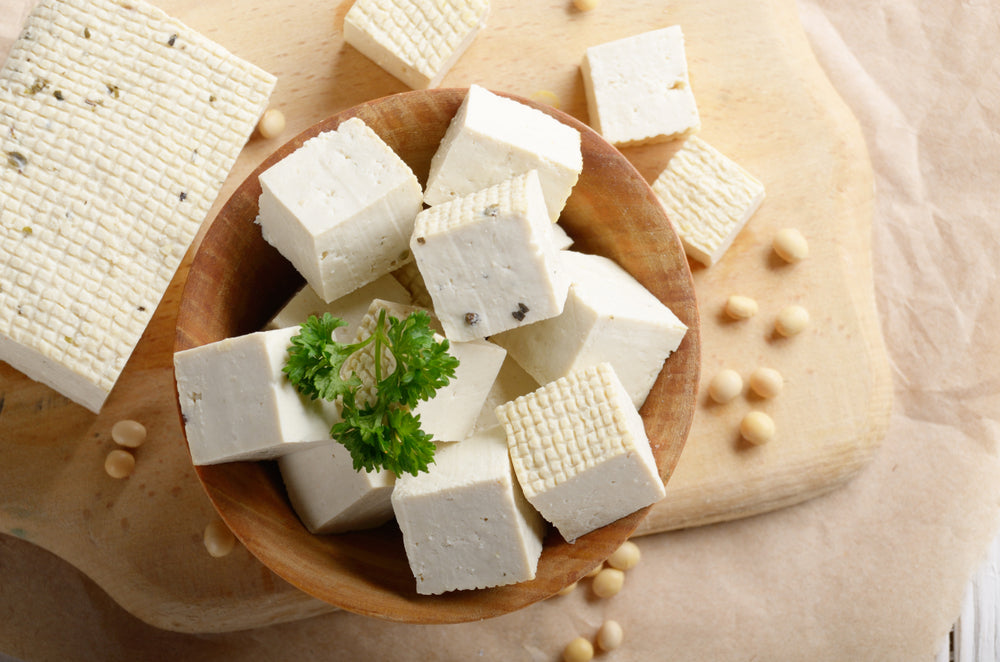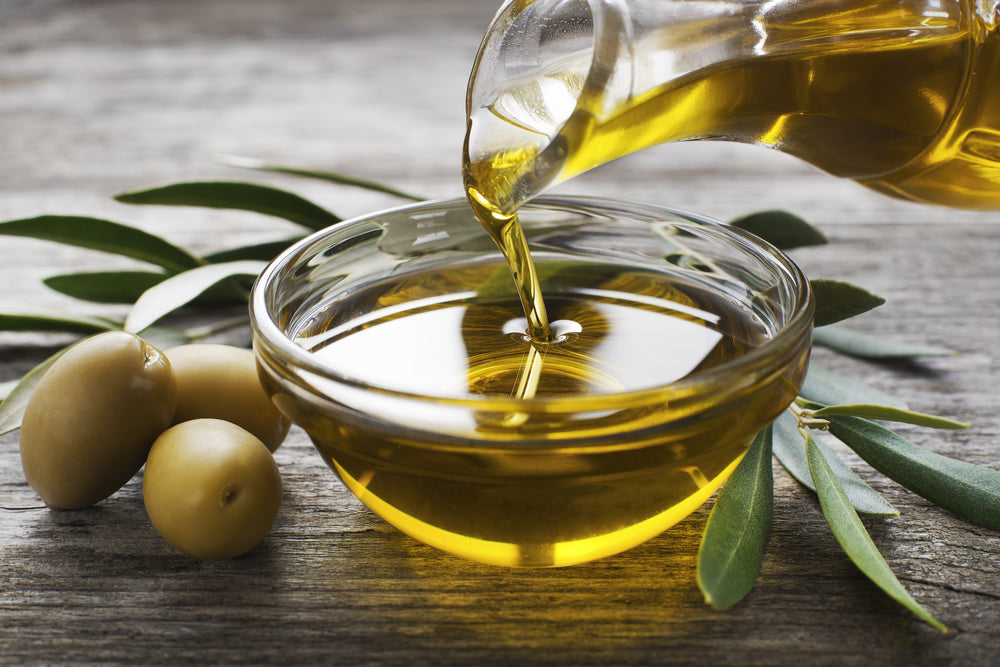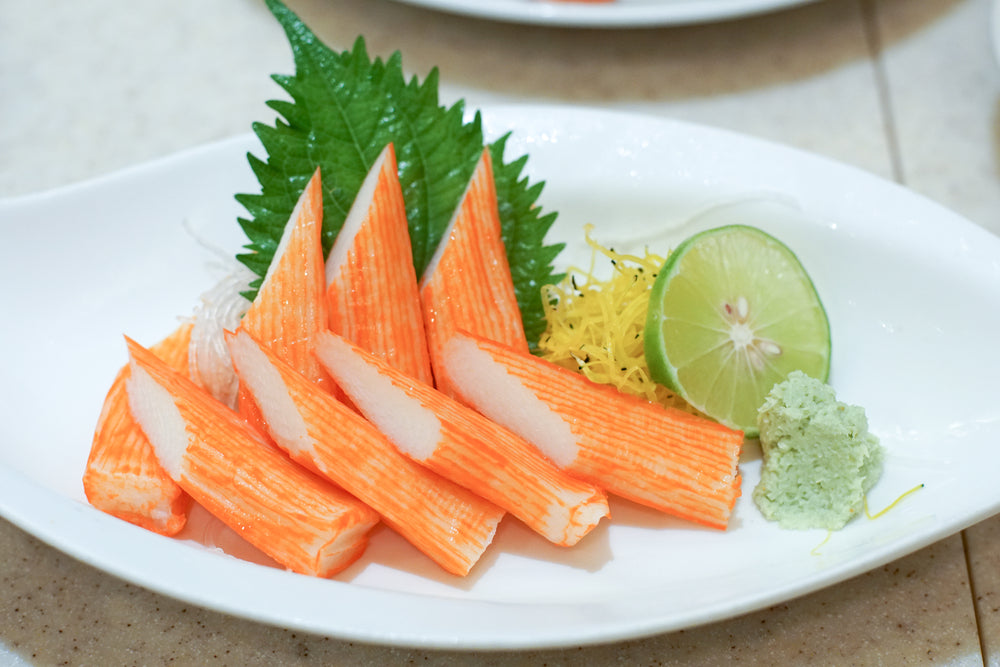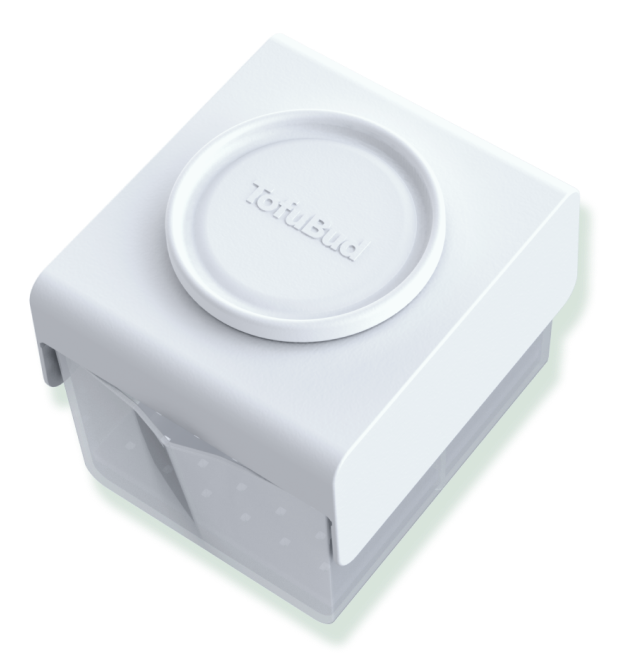Switching to a plant-based diet can be unfamiliar and tricky as you attempt to completely overhaul the familiar diet you've been eating your entire life. We'll show you how to go vegan the right way with a few methods and tips to make your transition to veganism as seamless as possible.
Congratulations on making a change and beginning your journey to eating vegan. This plant-based way of life has many benefits for your health, the environment, and animal welfare.
Building a plant-based diet for beginners can be a little tough. Unless you already know a lot about nutrition, you may be worried about the many future food choices you'll have to make.
Your vegan transformation will be made less demanding by taking the time to learn more about plant-based foods and using the methods that will fit best into your lifestyle.
Transitioning to a vegan diet is not about perfection; it's about getting a little bit better with each step you take toward a way of life that's in line with your values.
Our vegan 101 guide to going vegan will help you learn more about plant-based eating and a vegan lifestyle and give you a few different methods you can use to approach becoming a vegan.
What is a Vegan Diet?
At its core, a vegan diet consists of no animal-based products like meat, dairy, and eggs. Veganism is a philosophy that extends to avoiding the consumption of any foods created using the exploitation of any animals as much as practicable and possible.
The "practicable" bit is essential, as there are grey areas of veganism that you'll have to decide upon as you begin switching to vegan eating. You can follow any tips for being vegan, but at some point, you'll have some choices to make. Will you eat honey? Or white sugar, often bleached using animal bone char?
There is no clear answer to these diet questions, so as you're transitioning to vegan diet foods, research farming and manufacturing processes and determine what balance feels best for you.
Why Go Vegan?
Now that you've thought about how to eat like a vegan, you might be wondering why becoming vegan is so important.
There are a plethora of reasons why turning vegan is a great choice. Whether you're going vegan for ethical, environmental, animal welfare, or health reasons, veganism has a broad range of benefits.
Here are the top reasons why being vegan is beneficial:
- The largest contributor to greenhouse gas emissions is animal flatulence, aka methane
- The farmland needed to grow crops for farm animal consumption is massive and contributes to the destruction of rainforests
- Factory farming causes catastrophic animal suffering
- Plant-based diets can decrease the risk of certain health conditions and diseases
What Happens When You Switch to a Vegan Diet?
You'll notice many changes immediately when you adopt a vegan lifestyle, and other changes will happen slowly over time.
You may notice some weight loss if you switch to a whole-food, plant-based diet. It's not a fool-proof weight loss plan - there are vegan versions of empty-calorie junk foods too, which can cause weight gain when not consumed in moderation.
Your tummy may be in overdrive as it adjusts to a completely different diet, which is often much higher in fiber. What happens when you stop eating meat and start eating plant-based proteins instead? Extra gas and bloating are common but should subside as your gut begins to adjust.
Becoming vegan may increase your energy levels and make your skin glow as your nutrient levels rise from all of the whole fruits and veggies.
Exploring vitamins and mineral supplements and regular blood tests may help the first little while, as some essential nutrients are harder to find and absorb in vegan foods, resulting in potential nutrient deficiencies if left unchecked.
How Long Does it Take to Adjust to a Vegan Diet?
There is no way to know how long each person's adjustment period will be, as it's a very individual answer.
Your adjustment period will depend on what foods you omit or don't, and what your diet was like before you made the switch. Someone who eats many plant-based foods already will likely adjust more quickly than a person who eats meat and dairy at every single meal.
There is a physical adjustment for the beginner vegan as well as an emotional and mental adjustment. Both will come in time by providing patience and understanding for yourself.
How to Transition to a Vegan Diet
The tips for becoming vegan are varied. Any of these methods will work for some people, and they won't work for others. Try the way that seems right for you, and if you're struggling, consider switching up your approach - massive lifestyle changes are a marathon, not a sprint.
Method #1: Cold Turkey
In this case, the cold turkey method, or cold tofurkey, is excellent for black and white thinkers - drop all meat and animal products from your diet starting immediately.
My hat's off to anyone who can follow this dramatic and challenging method to change to a vegan diet overnight. Still, many will struggle with a high level of immediate restriction and change from both a physical and mental standpoint.
Method #2: Cut Down Slowly
Unlike the cold turkey method, one of the relatively easy ways to go vegan is using slow and steady changes over time.
This can look different for everyone, and there are several ways to approach this method.
You could start to transition your groceries away from animal-based foods and slowly purchase plant-based options instead. Unlike some vegetarianism myths that tout this diet as bland, most plant-based foods taste great and often better than their animal-based counterparts.
Swapping cow's milk for oat or almond milk is a quick transition, and most people will barely notice a difference. This also greatly cuts down on food waste, as you can slowly clear out your non-vegan foods instead of tossing entirely usable food in the trash.
Introducing plant-based meals into your diet once a week, then twice, until you are eating several vegan meals a week. This helps your gut adjust a little easier, too, as you're slowly upping fiber intake instead of overwhelming your system.
Method #3: Vegan before 6 pm
One of our best beginner tips on being vegan involves having a vegan "food window" in your day to keep yourself from feeling too restricted.
Vegan before 6 pm is a popular method of transition, in which you eat exclusively vegan foods before 6 pm and then allow yourself animal-based foods in the evening after dinner.
Slowly, your desire for non-vegan foods will diminish as your body begins to crave plant-based alternatives instead.
Method #4: One Meal at a Time
Another alternative way to switch to a vegan diet is by choosing the daily meal you think will be the most painless transition, be it breakfast, lunch, or dinner.
If you choose breakfast, commit to eating only plant-based foods every day for breakfast. Give yourself ample time to adjust, from a few weeks to a few months.
Once you feel comfortably adjusted and confident in the change, pick the next easiest meal, and start transitioning that meal with vegan choices, too.
Repeat the process to transition your third meal and the entire day to a plant-based diet.
Tips for Going Vegan
Going vegan isn't always going to be easy, but you can make your transition much more comfortable by following one or more of these vegan transition tips.
- Join a community so that you can have some like-minded peer support during this transition period and make a few new friends, too!
- Stock your pantry with vegan staples and alternatives to take the guesswork out of cooking.
- Meal prep as much as possible so that fresh, healthy vegan snacks and meals are easily accessible when hunger strikes.
- Use familiar substitutes like mock meat or vegan butter so that you can satisfy your cravings for old favorite foods without the animal content.
- Take a probiotic to help your gut adjust to this entirely new way of eating with as little bloating and gas as possible
Final Notes: Vegan Tips to Transition to Plant-Based
Eating is one of the steady parts of our day, and changing your patterns is difficult yet possible.
To recap, try one of these methods to transition to a plant-based diet:
- Go cold turkey, and immediately stop all animal product consumption;
- Slowly begin replacing animal products for vegan ones and introducing occasional vegan meals that become more regular;
- Pick a vegan food window in which you only eat vegan food for a portion of the day;
- Or replace only breakfast with vegan foods, then slowly transition a second meal, and finally all three.
This new transition is a tough one, but it's also exhilarating. You're doing your body and the environment a great service by switching to a vegan lifestyle. You'll build extra motivation for yourself as you begin reaping all of the benefits veganism offers and seeing the positives changes that occur within you.








Leave a comment (all fields required)